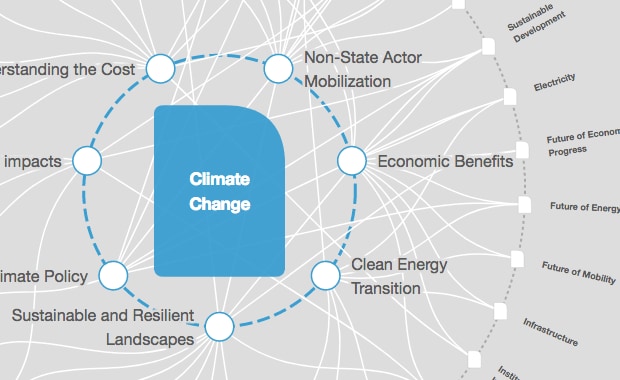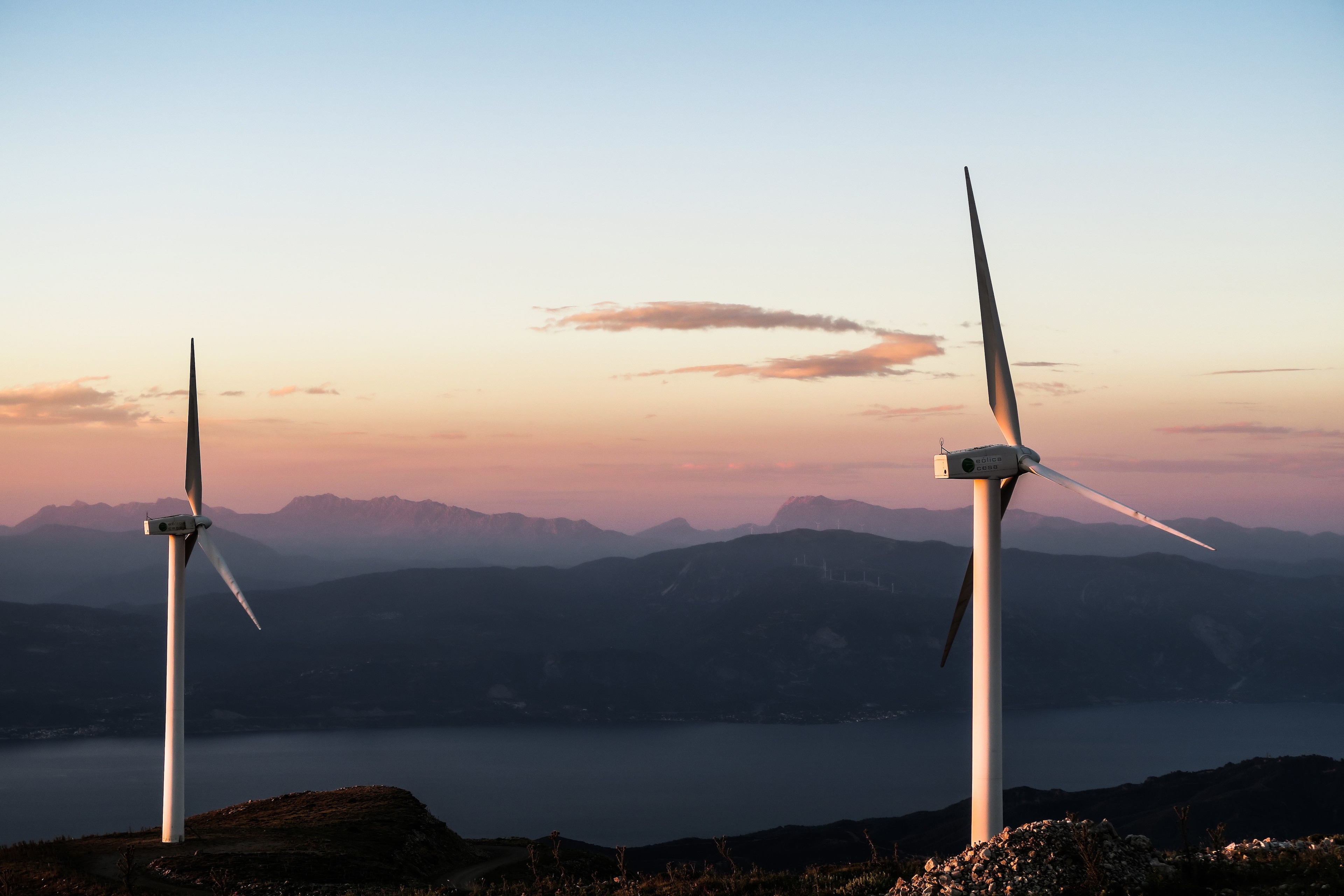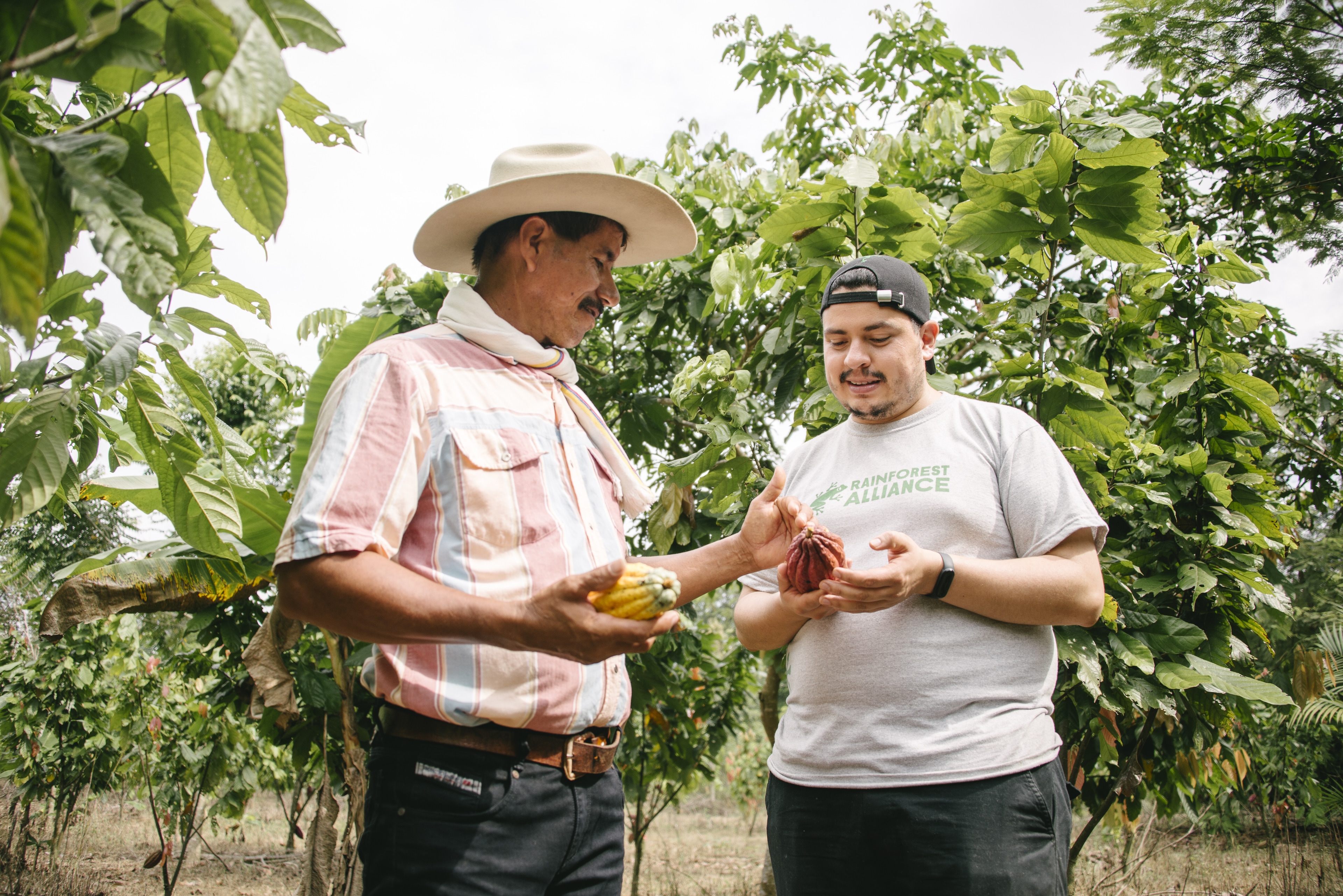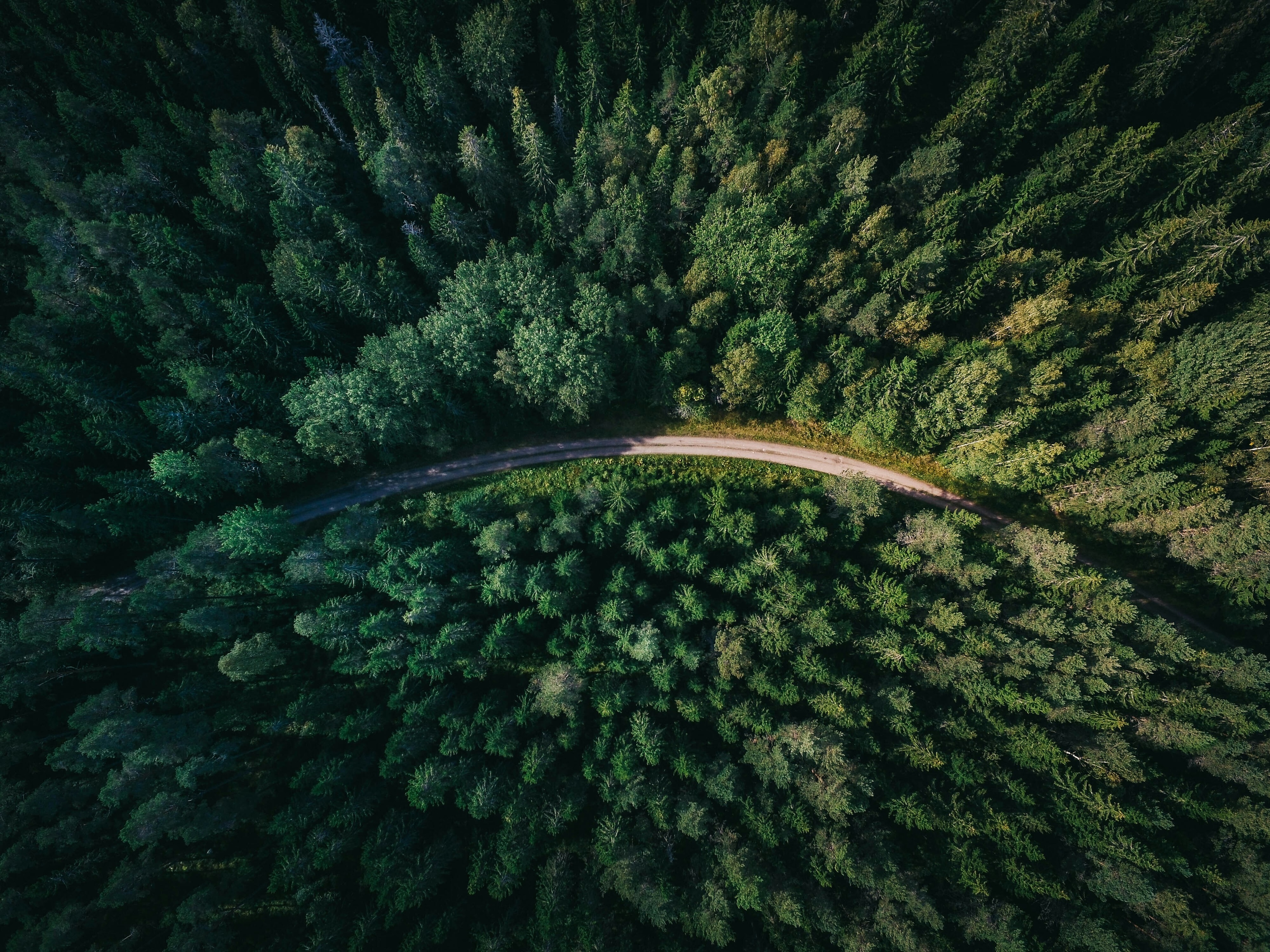How a rain garden is helping Rotterdam beat flooding

Rotterdam has devised a system to reduce flooding in the area with the aim of keeping communities safe. Image: REUTERS/Philippe Wojazer

Get involved with our crowdsourced digital platform to deliver impact at scale
Stay up to date:
Technological Transformation
A decade ago, Rotterdam's rundown inner-city Zomerhofkwartier district was slated for redevelopment - a project that was shelved when a global economic crisis hit.
Today, however, the "ZoHo" district is home to young entrepreneurs, a rain garden blooming with flowers, and - like other central neighbourhoods of this Dutch port city - a new sense of green purpose.
Companies, including design firm Studio Bas Sala, teamed up to restore a formerly dilapidated office building in the district as their workspace.
And, across the street, they collaborated with local people to turn a concrete car park into a public garden with meadow-like plants, trees and seating.
The space has a function beyond looking pretty and offering the community a place to gather: it helps prevent flooding in the local area, with the garden acting as a rain sponge.
"There is a problem when the rains are really heavy and the roads around here get blocked, and the emergency services can't come in," said designer Bas Sala.
His studio came up with a funky idea - a water storage system housed in tall black wood lettering spelling out the district's ZoHo nickname.
The letters sit at one end of the park and collect rainwater from a disused 2 km-long rail viaduct snaking above.
When wet weather is on the way or the garden is dry, a pipe at the bottom corner of the letters is opened with an app and water gushes out.
The ZoHo rain garden is one example of a growing number of projects sprouting across Rotterdam - about 80% of which lies below sea-level - that aim to keep communities safer from climate extremes, while bringing them closer together.

Water squares
A few minutes' walk to the north, the Benthemplein "water plaza", finished in 2013, has a similar goal.
The first of nine such squares in the city, it was co-designed with people who live in and use the area - students, a church, a gym, offices and a youth theatre.
In the centre, wide steps lead down to a sunken sports area with football goals and basketball hoops, while the upper level has skateboarding areas, small swathes of garden and even an outdoor bronze font for baptisms.
Arnoud Molenaar, Rotterdam's chief resilience officer, said such squares, which can collect runoff from heavy rains, were about much more than storing excess water and preventing floods.
"Instead of making bigger sewer pipes, we made a choice to invest in redesigning public space in a way that contributes to a nicer, better, more attractive district," he told the Thomson Reuters Foundation.
The plazas have also helped attract more than 80 groups of foreign officials curious to find out about the Dutch city's innovative approach to building resilience to climate change impacts.
The Indian city of Surat, for instance, is now working on its own version of the water squares.
Urban designer Dirk van Peijpe, co-founder of De Urbanisten, which created the Benthemplein plaza, said that besides serving as a "great public space", its role was to keep up to 8,500 bath tubs worth of rainwater out of the sewers and available for reuse.
Water from the roofs of surrounding buildings drains into two smaller basins and then soaks in to top up groundwater levels.
The large central basin also has a pump that can transfer water into a nearby canal, van Peijpe said, as summer rain began pooling on the basin's surface.

Farm in the sky
Meanwhile, a short distance from the city's central station, on top of an office building, locals ate lunch in a trendy bistro with one of the best views in town.
At DakAkker urban farm, more than 20 metres (65 feet) above ground, wild flowers jostle for space with herbs, vegetables and fruit trees, lightening the sombre cityscape with a riot of colour.
Its bearded co-founder Emile van Rinsum said the first year had been a disaster because the soil layer, known as substrate, contained too few plant nutrients.
But after adjusting that and adding a high-tech watering system, the 1,000-square-metre farm has built a small business delivering edible flowers - something van Rinsum calls "caviar" for the veggie world - to nearby restaurants.
It also produces honey and liquid compost from its wormery.
The "smart flow control" system that irrigates the farm is connected to weather forecasting technology and knows 12 hours ahead of coming rain that it should empty its stored water onto the soil below to make space for more.
Van Rinsum can monitor it from home via an app.
"It's a hit," he said, noting the German company that makes the systems had sold 18 in the past few months.
Paul van Roosmalen, who manages the city's roof development project for Rotterdam's sustainability department, said there were a range of benefits to green roofs, including a cooling effect inside buildings of 3 to 6 degrees Celsius.
The trees and plants also absorb planet-warming emissions, helping keep climate change in check.

Tech tracking
With 18.5 square kilometres of flat rooftops in Rotterdam, the city has set a target of putting 1 sq km of that space to good use by 2030, by greening it with plants and trees, adding solar panels, and utilising it for recreation or even homes.
To monitor progress, it is working with technology startup Sobolt, which can analyse the surface area of green rooftops more accurately, using aerial photography, satellite images and artificial-intelligence-based techniques.
Using the technology, the city discovered it already had 360,000 sq m of green roofs rather than the 250,000 it had counted.
The same technology can also detect solar panels on roofs - now at 168,000 sq m in Rotterdam.
Michael Berkowitz, president of 100 Resilient Cities, a global network that backed a 2016 urban plan for Rotterdam, including its green roofs, said projects that address both climate change and social inequalities were the way forward.
"We need to spend many trillions of dollars to prevent catastrophic climate change," Berkowitz said on the sidelines of a conference in the city.
"If we're going to do that, it would be a real wasted opportunity if we didn't make it also work around (improving) equity."
Don't miss any update on this topic
Create a free account and access your personalized content collection with our latest publications and analyses.
License and Republishing
World Economic Forum articles may be republished in accordance with the Creative Commons Attribution-NonCommercial-NoDerivatives 4.0 International Public License, and in accordance with our Terms of Use.
The views expressed in this article are those of the author alone and not the World Economic Forum.
Related topics:
The Agenda Weekly
A weekly update of the most important issues driving the global agenda
You can unsubscribe at any time using the link in our emails. For more details, review our privacy policy.
More on Climate ActionSee all
Kate Whiting
April 26, 2024
Santiago Gowland
April 24, 2024
Amanda Young and Ginelle Greene-Dewasmes
April 23, 2024
Andrea Willige
April 23, 2024
Agustin Rosello, Anali Bustos, Fernando Morales de Rueda, Jennifer Hong and Paula Sarigumba
April 23, 2024
Carlos Correa
April 22, 2024






